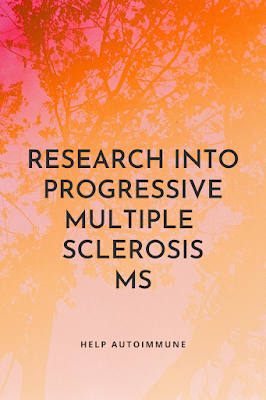Using powerful MRI brain scans, researchers have recently identified brain lesions, or spots of MS activity and damage, that have surrounding rims that show up in the scans because of their iron content. These rims, which have been linked to progressive disability in MS, can form around lesions that did not naturally heal and seem to signify continuing inflammation and nervous tissue damage.
To better define what's going on in these lesions, researchers at the NIH and Johns Hopkins University, including National MS Society fellows and two recipients of the Barancik Prize for Innovation in MS Research (Drs. Daniel Reich and Peter Calabresi), used advanced techniques to identify molecular activities in the rims and the types of brain cells and immune cells engaged there.
The team found subtypes of brain cells that appear to drive nerve degeneration within the lesions, some of which have also been found in other neurodegenerative diseases. They identified involvement of an immune mechanism called complement (specifically, C1q) and also found, in mouse models and tissue cultures, that blocking C1q could help resolve rim lesions and their chronic inflammation.
In addition to uncovering potential therapeutic targets such as C1q, the researchers suggest that detecting the fate of rim lesions on MRIs may serve as an efficient way to quickly test potential benefits of experimental treatments without having to conduct large preliminary clinical trials. This might help address the unmet need for quicker ways to detect whether experimental therapies have benefits against MS progression.
"A lymphocyte-microglia-astrocyte axis in chronic active multiple sclerosis," by Martina Absinta, Dragan Maric, Peter A. Calabresi, Daniel S. Reich and colleagues, was published in Nature on September 8, 2021.
—National Multiple Sclerosis Society
To read more, click here


No comments:
Post a Comment